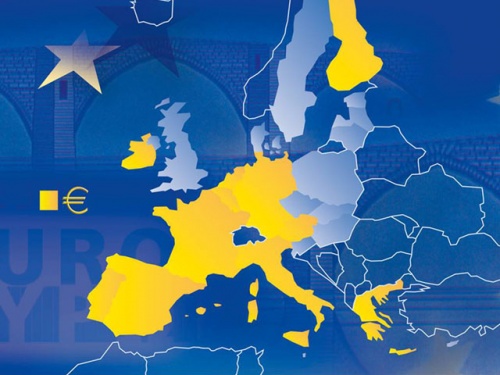Yesterday the Euro posted modest gains against several of its most traded rivals following the release of upbeat manufacturing PMI reports for the Eurozone and Germany.
The common currency was struggling against a supported ‘Aussie’ however and extended declines overnight after the Reserve Bank of Australia delivered its rate decision.
As forecast by economists, the RBA opted to hold the overnight cash-rate target at 2.5 per cent.
The central bank also intimated that it would hold off from introducing any additional stimulus, bringing an end to two years of easing.
For the first time in several policy statements the RBA refrained from talking down the Australian Dollar’s exchange rate, a marked change from previous references to it being ‘uncomfortably high’.
The ‘Aussie’ surged after RBA Governor Glenn Stevens asserted that for now ‘the most prudent course is likely to be a period of stability in interest rates’.
He also commented that the ‘Aussie’s decline would be influential in ‘achieving balanced growth’.
The more hawkish statement saw the Australian Dollar advance on the Euro and surge by 1.8 per cent against the ‘Greenback’.
In the opinion of economic strategist Su-Lin Ong, the RBA has ‘shifted very firmly to a neutral bias. The fact they’ve taken out the reference to the uncomfortably high Australian Dollar also tells you that they’re clearly pleased with what the currency’s done over the past couple of months’.
However, while the tone of the statement had changed, Stevens’ maintained a fairly cautious stance regarding Australia’s economic outlook. He asserted that the RBA ‘expects growth to remain below trend for a time yet and unemployment to rise further before it peaks. Beyond the short term, growth is expected to strengthen, helped by continued low interest rates and the lower exchange rate.’
Today’s producer price figures for the Eurozone are unlikely to inspire much currency movement and we forecast that the EUR/AUD pairing will continue trading lower ahead of Wednesday’s services reports for the currency bloc and its largest economies.
The Eurozone’s retail sales report for December will also be of interest tomorrow given the surprise decline in sales recorded in Germany.
Euro (EUR) Exchange Rates
[table width=”100%” colwidth=”50|50|50|50|50″ colalign=”left|left|left|left|left”]
Currency, ,Currency,Rate ,
Euro, ,US Dollar,1.3501,
,US Dollar,1.3501,
Euro, ,British Pound,0.8286,
,British Pound,0.8286,
Euro, ,Australian Dollar,1.5179,
,Australian Dollar,1.5179,
Euro, ,New Zealand Dollar,1.6574,
,New Zealand Dollar,1.6574,
Euro, ,Canadian Dollar,1.4968,
,Canadian Dollar,1.4968,
[/table]



